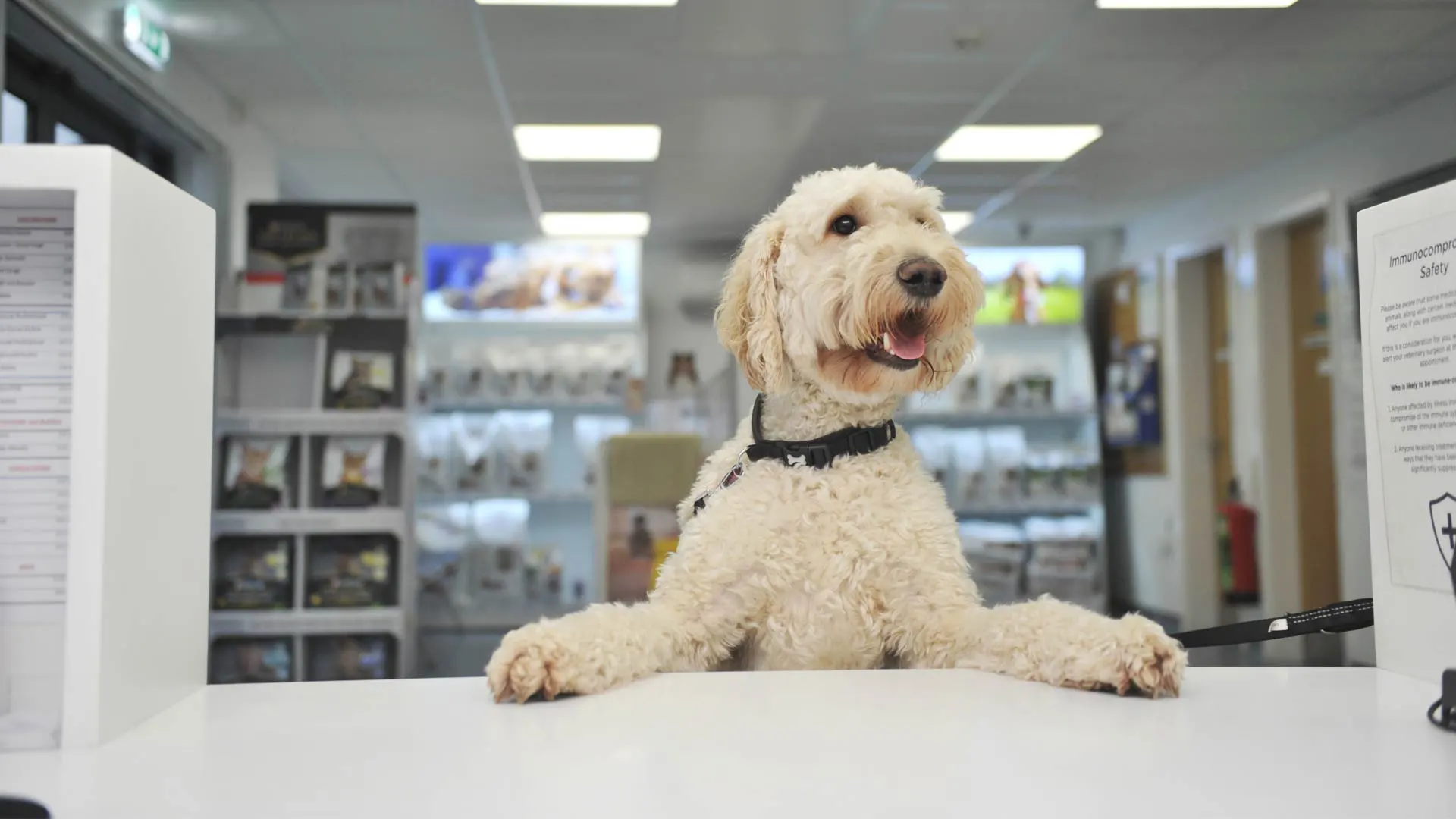Contact us
Get in touch today!

Opening hours
Open now until 12:30pm
Find us
Blenheim Road, Airfield Industrial Estate, Ashbourne, Derbyshire, DE6 1HA
Contact Us
Our dedicated pet care team is ready to assist you. Contact us for information on how we can support your pet's needs.
